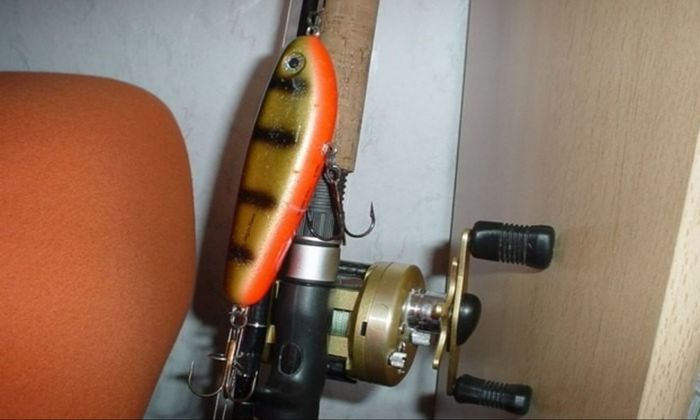Fishing Tackle Must Haves for Springtime Fishing
Prepare for spring fishing with this list of seasonal must-haves.

Fishing Tackle Must Haves for Springtime Fishing
Nothing beats the excitement of springtime fishing, especially if you’ve been cooped up in your house all winter long. Like many of us, fish come out of hiding to enjoy the warmer weather. Many of them are out to feed, migrate and spawn. Some of the fish you can expect are largemouth bass, crappie, various sunfish species, walleye, catfish, and even trout.
As springtime approaches, it’s a good time to take stock of your fishing tackle and review what you need for the coming fishing season. Revisit the contents of your tackle box, find the pieces you may need to replace and see where you lack. Knowing what fish you want to target and the waterbody, you’re planning on visiting will also help you decide what your springtime fishing must-haves are.
Prepping for a relaxing day out in the water? Below are a few ideas on the fishing tackle you will need for a productive springtime fishing season.

1. Jerkbaits and Crankbaits

Springtime, for many, is synonymous with the bass fishing season, especially largemouth bass. And the best fishing lure to target them near drop-offs and brush piles? Your good ol’ jerk baits. Jerkbaits are designed to look like dying or frozen bait fish. They’re best used suspended, slowly reeled in with carefully timed jerks to catch the attention of pre-spawn bass, who are still getting used to the warmth of spring and may not be particularly hunting for prey. It’s a good idea to keep a few jerk baits in your tackle box, as each will have a different movement. Knowing the bait fish in your water body will help you decide what type of jerk bait to choose. Changing your presentation depending on the fickle spring weather will help your success. Going subtle with the movement will work on cold days, while a livelier jerk will work on warm days.
Lipless crankbaits are another early spring fishing lure that works like jerk baits. They’re best if you want to cover a lot of ground, like lakes with emergent grasses. If you’re aiming for walleye or sauger, thin and long-lipped crankbaits are the way to go.
2. Extra-wide Gap Hooks
Getting a box of extra-wide gap hooks is a good idea for spring. To be more eco-friendly, choose oxidizable ones that dissolve when lost. Grab different size selections with sizes that range from 2/0 to 4/0.
3. Plastic Worms and Lizards
When the days are warm and the bass congregate in the shallow areas to feed, you can use small plastic worms to target them. The great thing about plastic worms is that they can be used on different rig setups, including drop-shot, Carolina rig, or shaky head.
Plastic lizards are best for triggering action into bass in nest protection mode. The best way to use them is to rig them Texas-style, moving them along vegetation or cover at a slow or moderate speed on the body’s surface.
4. Jigbaits
Late spring will see fish in the shallower areas enjoying the warmer water temperature. This is the best time to target them with jig baits. Attaching lures that look like crawfish works even better as fish feed more aggressively at this point in the season and will be more partial to bigger prey. Match your lure color with the clarity of the water you’re fishing. If the water’s clear, go for the green. If dark and obscure, go for blue or black. Muddy water will call for orange or brown.

5. A Variety of Different Fishing Lines
If you already have a lineup of different waterbodies you want to explore this spring, you will know what type of fishing line you need. It’s a good idea to keep a variety, just in case. The stock of 8 to 12-lb fluorocarbon or monofilament line is best if you’re fishing with lighter presentations and smaller rigs. If the water body you’re fishing has heavy cover, a 15 to 20-lb braid works best.
6. Aquatic Insect Flies and Attractor Flies
If you’re keen to fly fish for trout this spring, you should stock up on different flies in your arsenal. During spring, trout feed on tons of aquatic insects, so you need to match your fly with whatever they gorge on in their area. The Mayfly is the most common, imitating insect that is the first to hatch in the season. You can best imitate them with size 16, 18, and 20 fly patterns. The stonefly is another early spring favorite. A usual misnomer among anglers is that they only come in the big sizes that trophy trout love, but they can come in small sizes.
Attractor flies are another great addition to your tackle box. They’re not designed to imitate insects, so they’re best used in waters that do not hold any of the usual aquatic insects. They’re presented to the trout to grab their attention.



